Saucony Kinvara 12 review: A slim, light running shoe with top-spec engineering
Our writer takes the Saucony Kinvara 12s to the roads of London to thoroughly test these lightweight running shoes


With its PWRRUN technology and slender upper, The Saucony Kinvara 12s are perfect for anyone looking for a lightweight running shoe that caters to a neutral gait.
-
+
Very lightweight
-
+
Excellent energy conversion
-
+
Surprisingly durable
-
-
Firm feel on the roads take some getting used to
You can trust Fit&Well

The Saucony Kinvara 12 are the latest model of Saucony's Kinvara series, which has a dedicated following in the running community thanks to its PWRRUN cushioning technology and very lightweight construction.
The previous model, the Saucony Kinvara 11, earned its place in our best running shoes for men buying guide, but how does the new kid on the block hold up?
We'll be breaking down and reviewing all aspects of the running shoe, from its price, features and design to the general fit, feel and comfort. But our quick takeaway is this: if you're looking for a lightweight trainer for a neutral gait, these slender superhero shoes are some of the best on the market.
Saucony Kinvara 12 review: Price and Features
The Saucony Kinvara 12 is priced at $110 in the United States, and £125 in the UK which places it in line with its competitors such as the Brooks Ghost 13. Available from the Saucony site as well as many external retailers, with a variety of colorways and sizes.
I tested the Kinvara 12s at a 9.5, and they were sent in the "Future Black" colorway, which apparently means black with loads of very cool, very bright vaporwave slipstream designs adorning the shoe. It's bold, it's garish, but I really grew to love it. As a fellow runner friend of mine says: the brighter they are, the faster they go.
It's light at just 213g for a men's shoe and 184g on women's, which fits the bill: although these could easily be an everyday pair, they've clearly got a little bit more of a race influence, continuing to be "featherlight" in the brand's own terms, and more flexible than many of its contemporaries.
The PWRRUN cushioning technology has always been the Kinvara range's main feature, but our previous reviewer noted the 11s weren't all that durable, which have been improved with the addition of extra rubber in high-wear zones. More on this later. The upper is also very light but well-structured with Saucony's Formfit architecture.
Saucony Kinvara 12: Design and Technology
So these are all the shoe's features, but what does it all actually mean in real terms? Well, the PWRRUN cushioning is a slim layer of TPU cushioning in the midsole, above the sole with the extra high-durability rubber. It's said to provide plenty of cushioning and responsiveness despite the slender 4mm offset (which is running shoe speak for the distance between your heel and the ground, and your forefoot and the ground.
It actually felt very firm on my first run, a light lunchtime 4K: I'm used to the thicker conditioning of my daily go-to running shoe, the Adidas Ultraboost, so I was initially a little worried. However, once I got used to the "bite" of the shoe, and how light they were, all my worries melted away. I've since covered a lot of miles on the shoe, and I've grown to love them.
The high-durability rubber can be seen below in orange on the outside of the heel and the inside of the toe, what Saucony calls "high-wear zones", and although the shoe initially felt a bit stiff, the light and robust nature of the shoe made it feel less squishy and artificial. It's more like running barefoot: just with ample foot support.
Saucony also champions its Formfit architecture, which is essentially a structured upper. Saucony has shaved more weight off the tongue and collar, which is part of the reason the shoe feels so light.
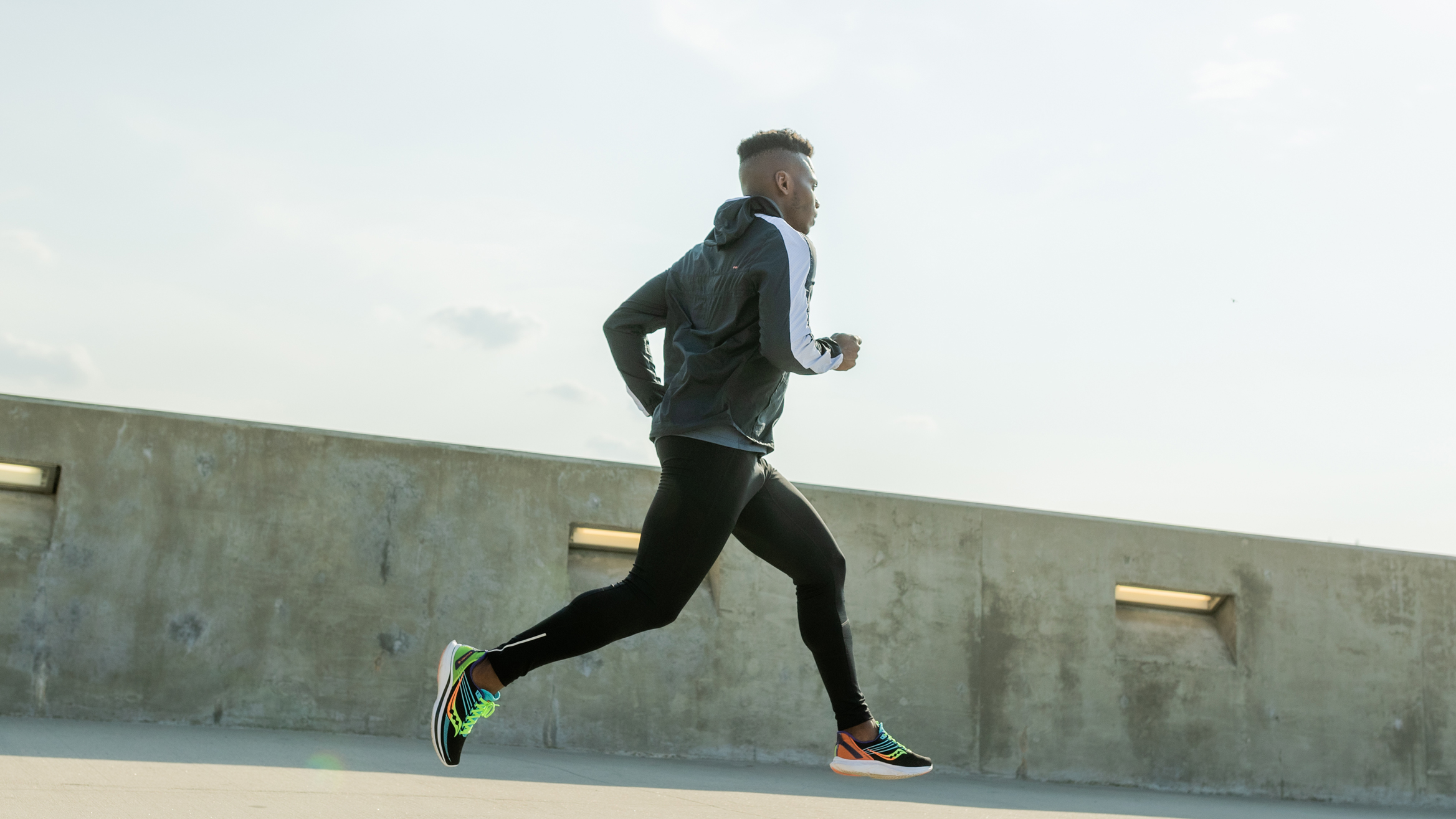
Saucony Kinvara 12: Fit, Feel and Comfort
I tested the Kinvara 12s over a series of shorter and longer runs. My 10k (well, my 9.4k route, but who's counting) felt much better after breaking the shoe in with a lighter run, and getting used to the lower offset and lack of squidgy conditioning. I really came to enjoy the 12s, and felt very well supported and stable while maintaining a good level of comfort and ease.
Even though the upper has been thinned and reduced in order to take some weight off it, the structure remains stiff and supportive at the time of writing. The shoe is quite thin, but together with the rigidity of the upper I found it worked well in supporting my arch and ankle and keeping the shoe where it needed to be. The shoe's touch points around the collar and tongue are still layered with thicker and softer fabric in order to avoid chafing.
The shoe is light and incredibly flexible, while the outsole seems to make great contact with the ground and offers a bounce and energy return that belies the shoe's slender feel. It's a lighter, thinner shoe than I normally run with, but it's no slouch in the comfort or performance department.
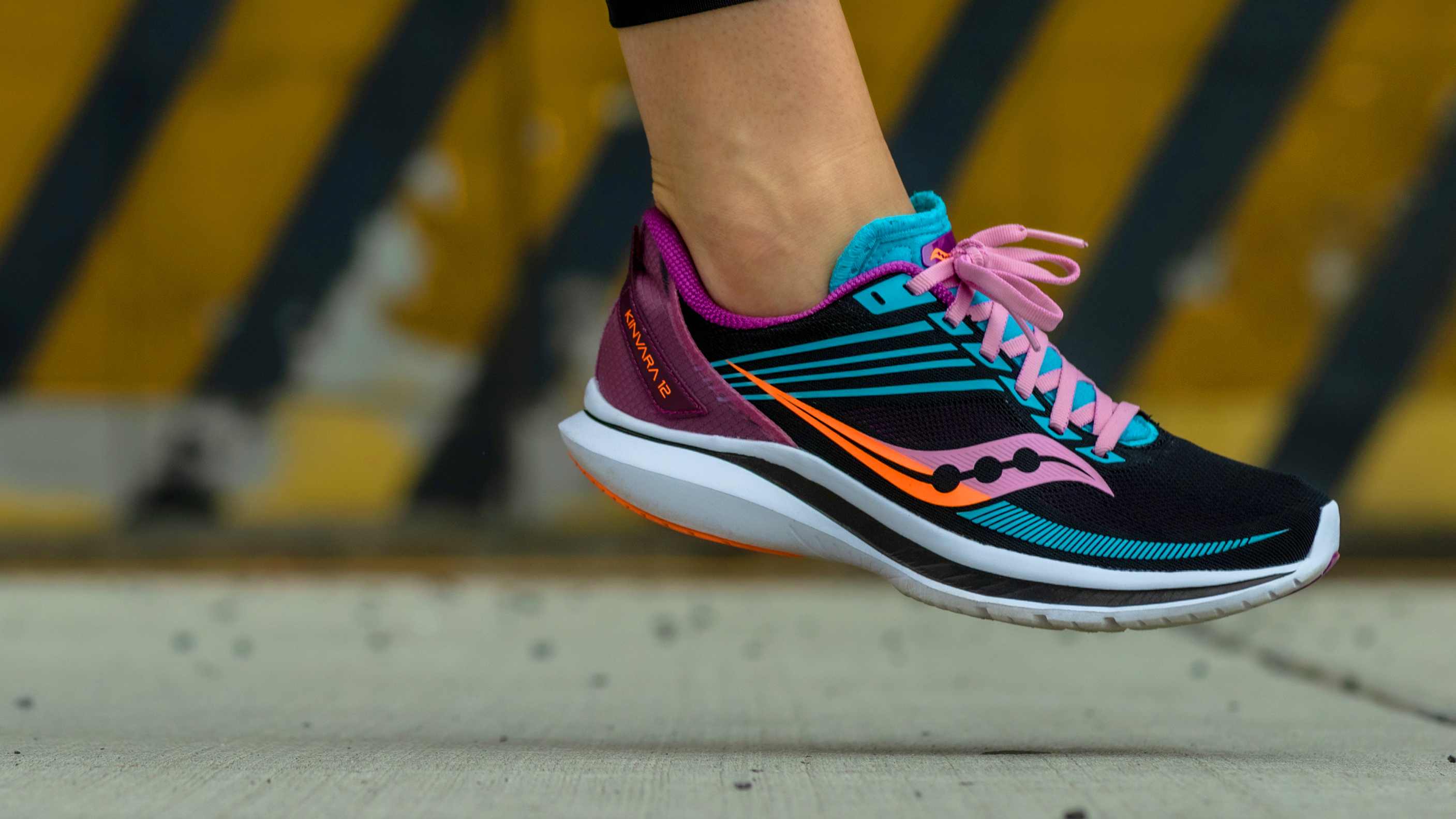
Saucony Kinvara 12: Verdict
The Saucony Kinvara 12 are excellent. With a slender, comfortable fit, lightweight construction, improved durability from the Kinvara 11s and great engineering, they're the whole package.
Some people might prefer a shoe with a higher offset, which is absolutely fine. But for those who feel as though they're looking for an exceptionally light, slim shoe that still provdes great comfort and support, the Kinvara 12s are everything you could want.
Get the Fit&Well Newsletter
Start your week with achievable workout ideas, health tips and wellbeing advice in your inbox.
Matt Evans is an experienced health and fitness journalist and is currently Fitness and Wellbeing Editor at TechRadar, covering all things exercise and nutrition on Fit&Well's tech-focused sister site. Matt originally discovered exercise through martial arts: he holds a black belt in Karate and remains a keen runner, gym-goer, and infrequent yogi. His top fitness tip? Stretch.
-
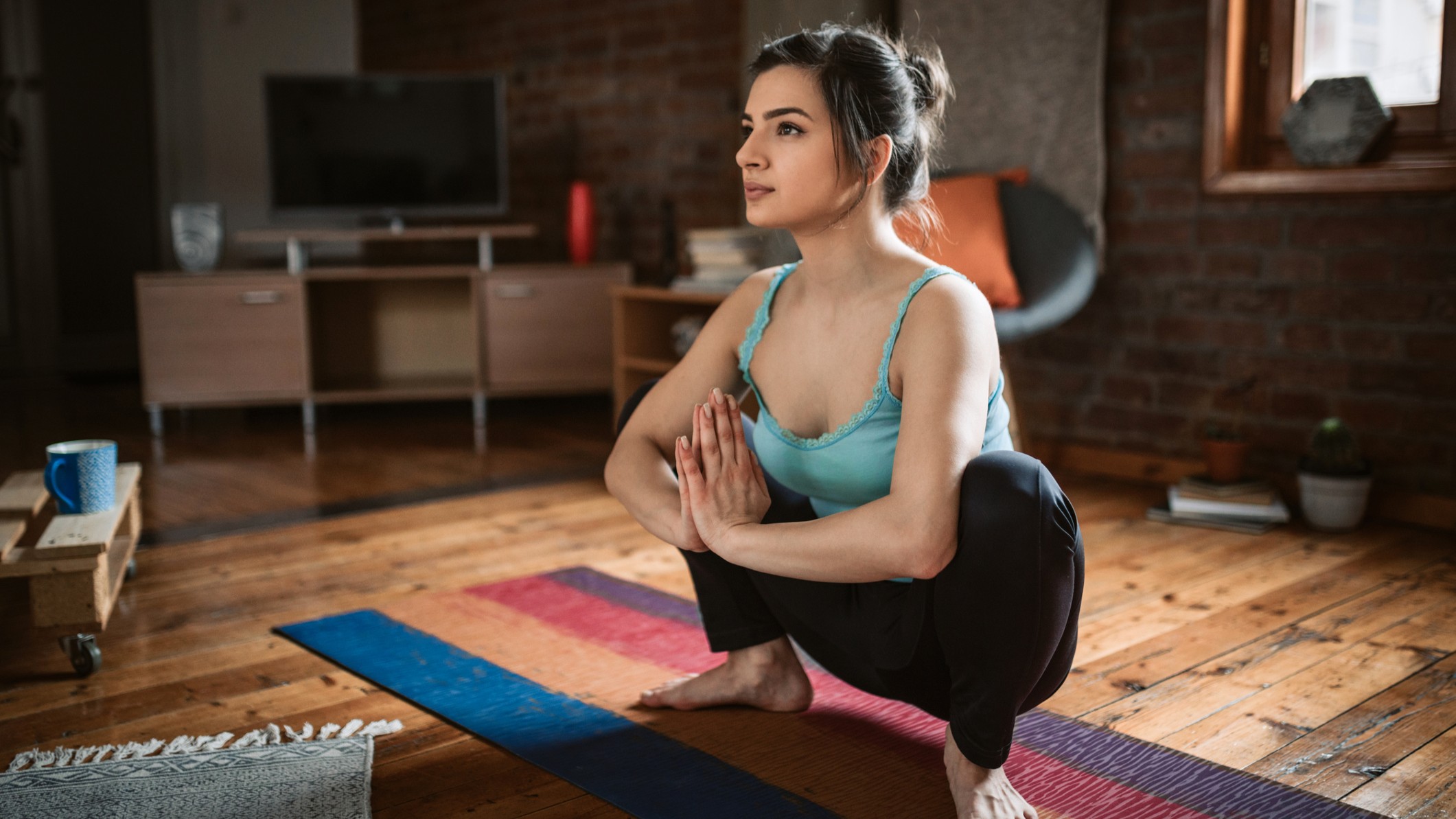 Hip stretches not working for you? These five dynamic movements did wonders for my mobility—and they're physical therapist-approved
Hip stretches not working for you? These five dynamic movements did wonders for my mobility—and they're physical therapist-approvedI tried this dynamic hip stretch routine and it felt so good I had to ask a physical therapist to find out why it was so effective
By Lou Mudge Published
-
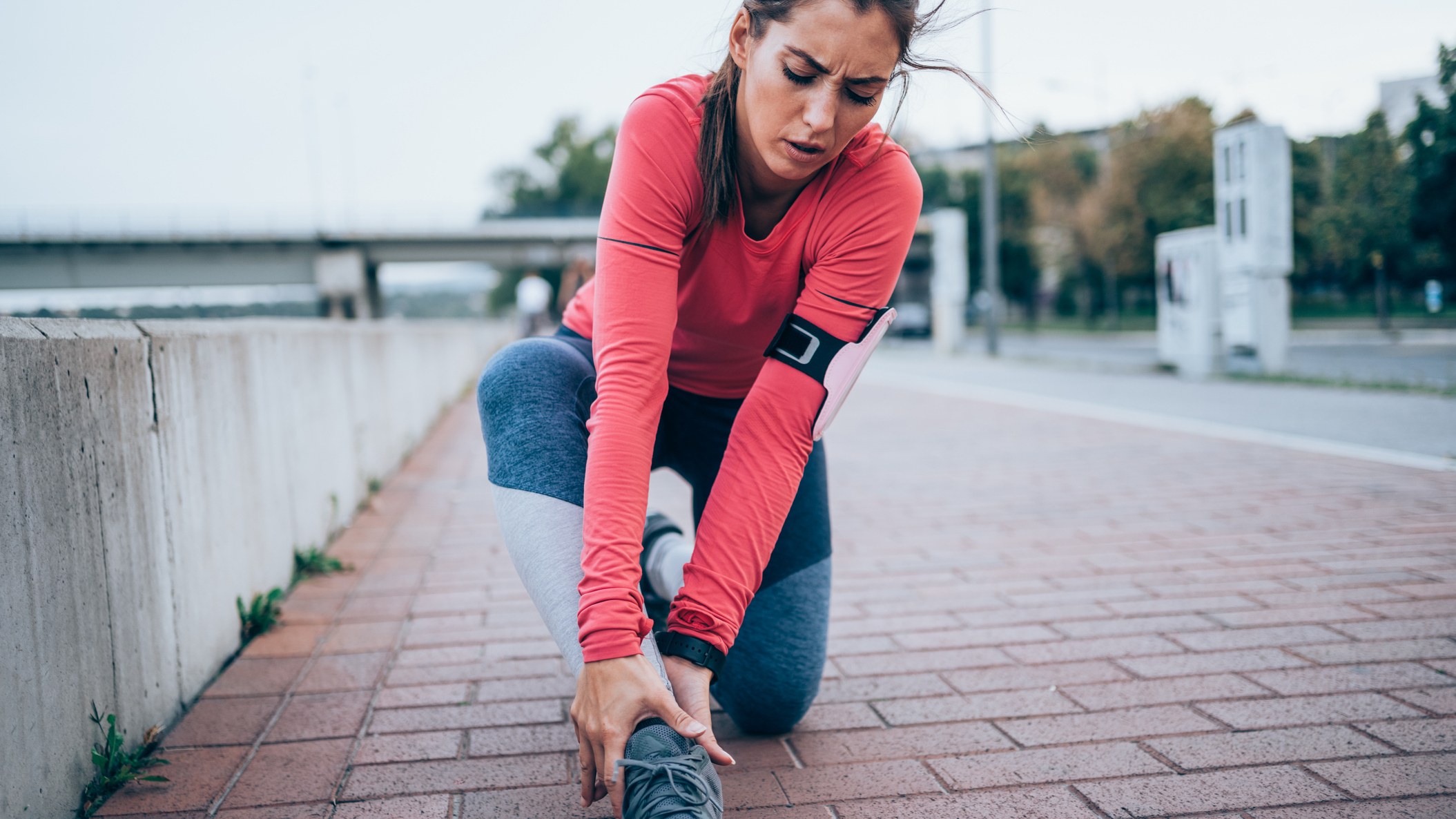 Runners—this quick routine will protect your ankles and help avoid injury
Runners—this quick routine will protect your ankles and help avoid injuryIf you’ve rolled an ankle on a run, add this quick routine to your training to prevent it from happening again
By Maddy Biddulph Published
-
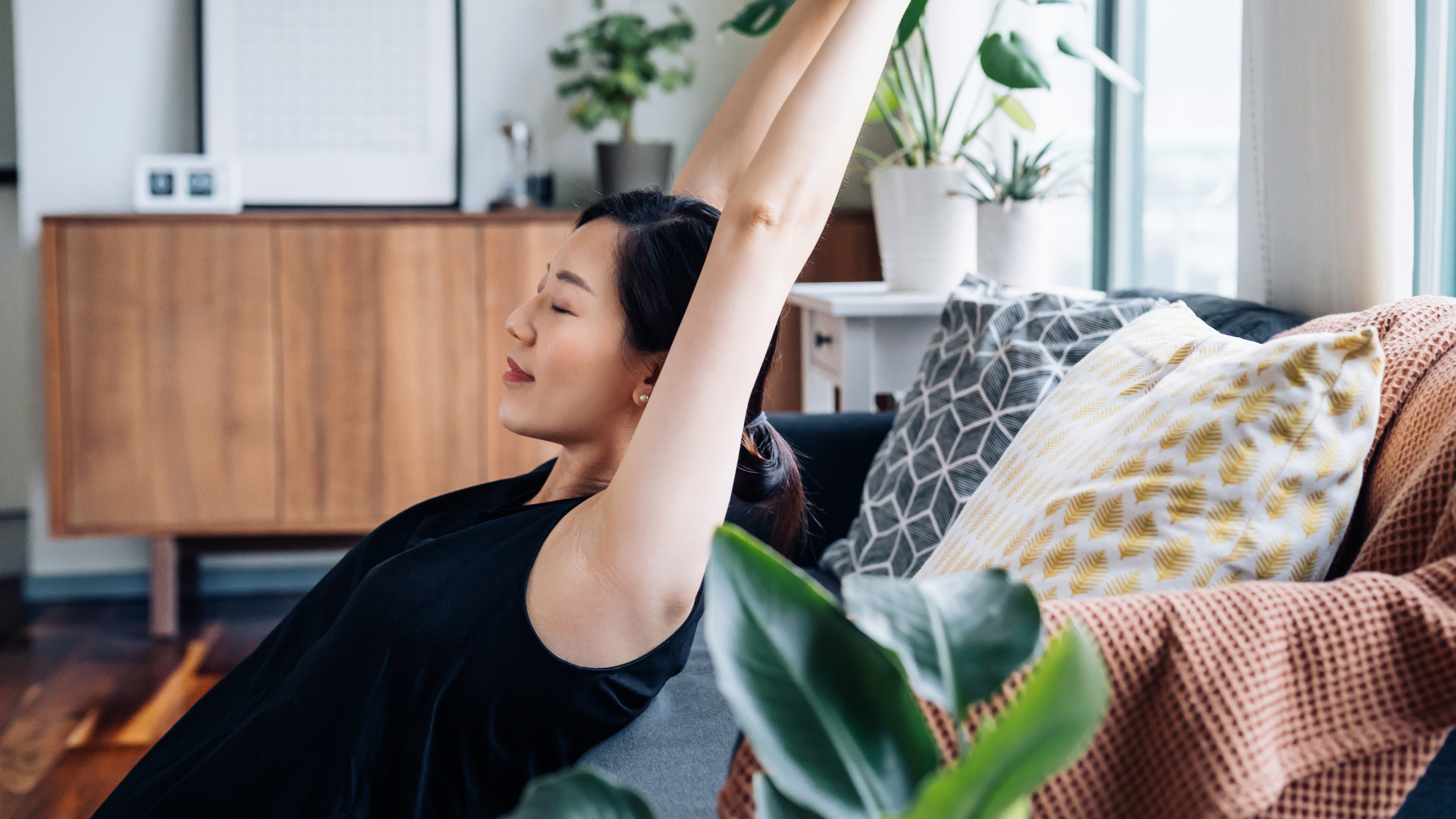 Do this five-minute stretching routine while you're watching TV to bring some relief to stiff muscles
Do this five-minute stretching routine while you're watching TV to bring some relief to stiff musclesStretching Feel like you don't have time to stretch? Do it during your usual evening routine
By Alice Porter Published